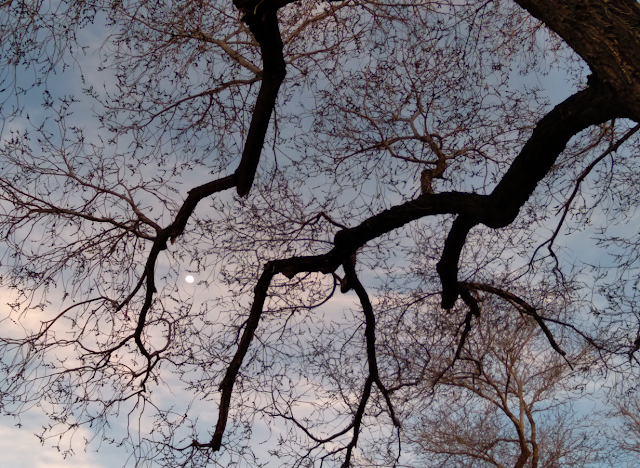I believe this is the first time this falcon has succeeded in hatching all four eggs in the clutch.
I think the bird on the right is the slightly smaller male, tiercel. He has been very ably carrying out his support role, bringing food and guarding the nestlings when the female is off the scrape.
Fifty years ago it was not uncommon that all the eggs in a falcon's clutch would fail to hatch. In fact, in those times many bird populations world-wide had gone into a disastrous decline due to egg shell thinning caused by pesticide contamination. The raptors were especially vulnerable to pesticides, and populations including peregrines and eagles reached critically low levels.
The birds were granted a reprieve by a rarely achieved international agreement to stop producing and using the insecticide, Dichlorodiphenyltrichloroethane (DDT). The peregrine population might still not have rebounded to a healthy level had it not been for the rapid development of captive breeding programs. Today, there may be as many breeding pairs of peregrines just in the Bay Area as existed in the whole country a half century ago.

















































